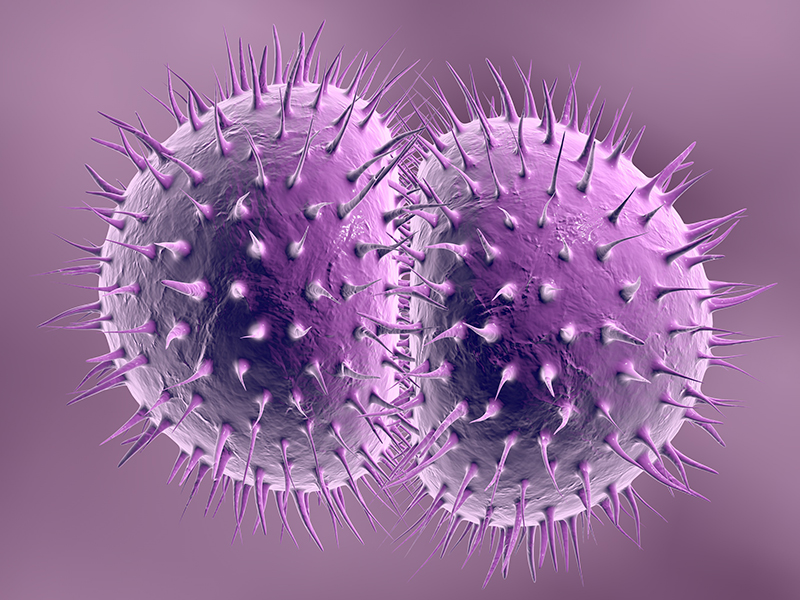Neisseria gonorrhoeae
Neisseria gonorrhoeae or gonococcus is a Gram-negative, oxidase positive, aerobic, nutritionally fastidious, coccal bacterium that appears microscopically under diplococcal arrangement. Humans are the only natural hosts for gonococcus, which is transmitted through sexual intercourse.
Clinical characteristics: Gonorrhea is caused by the bacteria Neisseria gonorrhoeae and can be contracted by anyone who has vaginal, anal, or oral sex with someone who has the disease. It also can be passed from an infected mother to her baby during childbirth.
Some men with gonorrhea may have no symptoms at all. However, men who do have symptoms may have a burning sensation when urinating, a white, yellow, or green discharge from the penis, and painful or swollen testicles. Most women with gonorrhea do not have any symptoms. Even when a woman has symptoms, they are often mild and can be mistaken for a bladder or vaginal infection. Symptoms in women can include a painful or burning sensation when urinating, increased vaginal discharge, and vaginal bleeding between periods.
Diagnosis: The isolation of N. gonorrhoeae by culture is the standard method for diagnosis. Nucleic acid amplification techniques based on PCR are faster and have a similar sensitivity toculture, but greater specificity. Diagnosis can also be performed with the Gram staining method but in this case sensitivity does not reach 50% for men with asymptomatic urethritis, or from cervical or rectal samples.
Treatment: The treatment of gonorrhea is complicated by the ability of N. gonorrhoeae to develop antimicrobial resistance. Currently a combination therapy of two antimicrobial agents with different mechanisms of action (eg, cephalosporin and azithromycin) is recommended to enhance treatment effectiveness.

